Introduction: Exploring the World of 2×4 Woodworking
When it comes to versatile, cost-effective, and highly accessible lumber, nothing beats 2x4s. In the world of 2×4 woodworking, you can create countless projects that fit your needs, whether you’re a seasoned craftsman or just starting out. But what makes 2×4 woodworking such an appealing choice for builders and DIY enthusiasts alike? It’s all about the ease of use, availability, and adaptability for various projects. Let’s dive deeper into the wonderful world of 2×4 woodworking to uncover all its creative and practical possibilities.
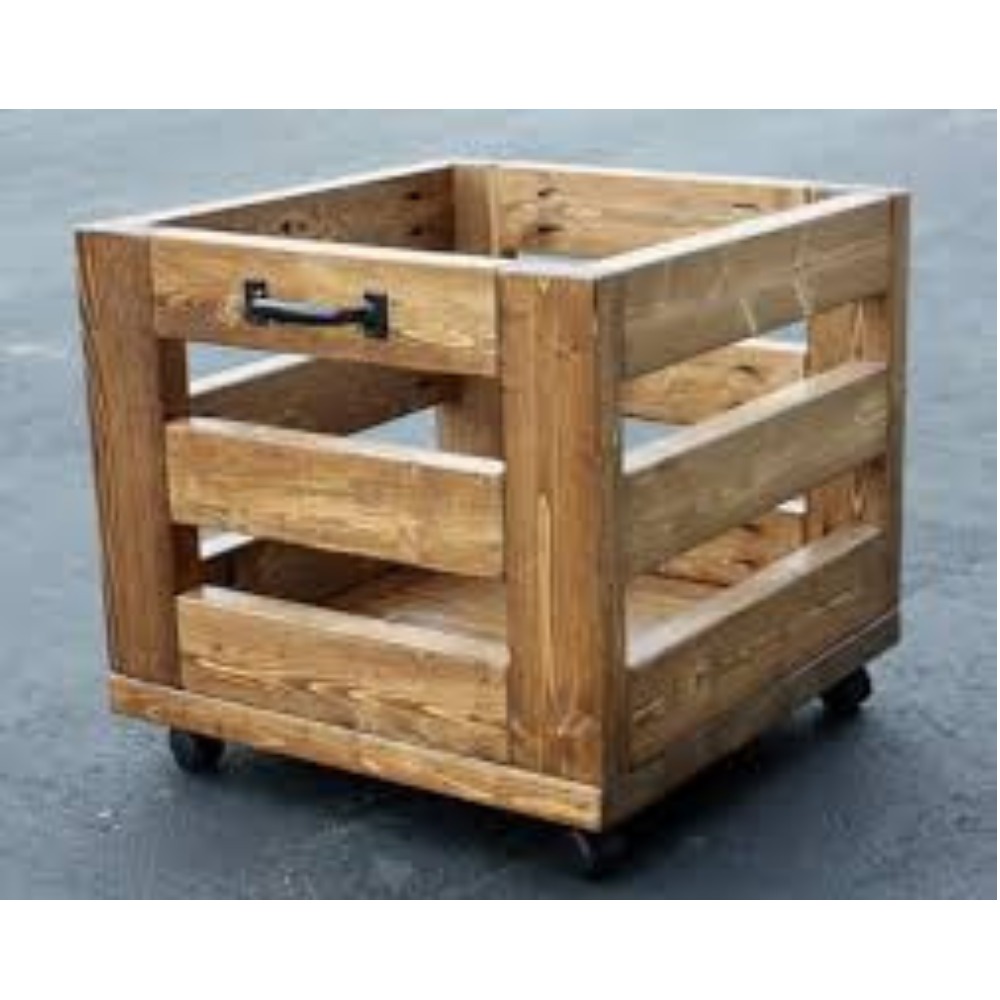
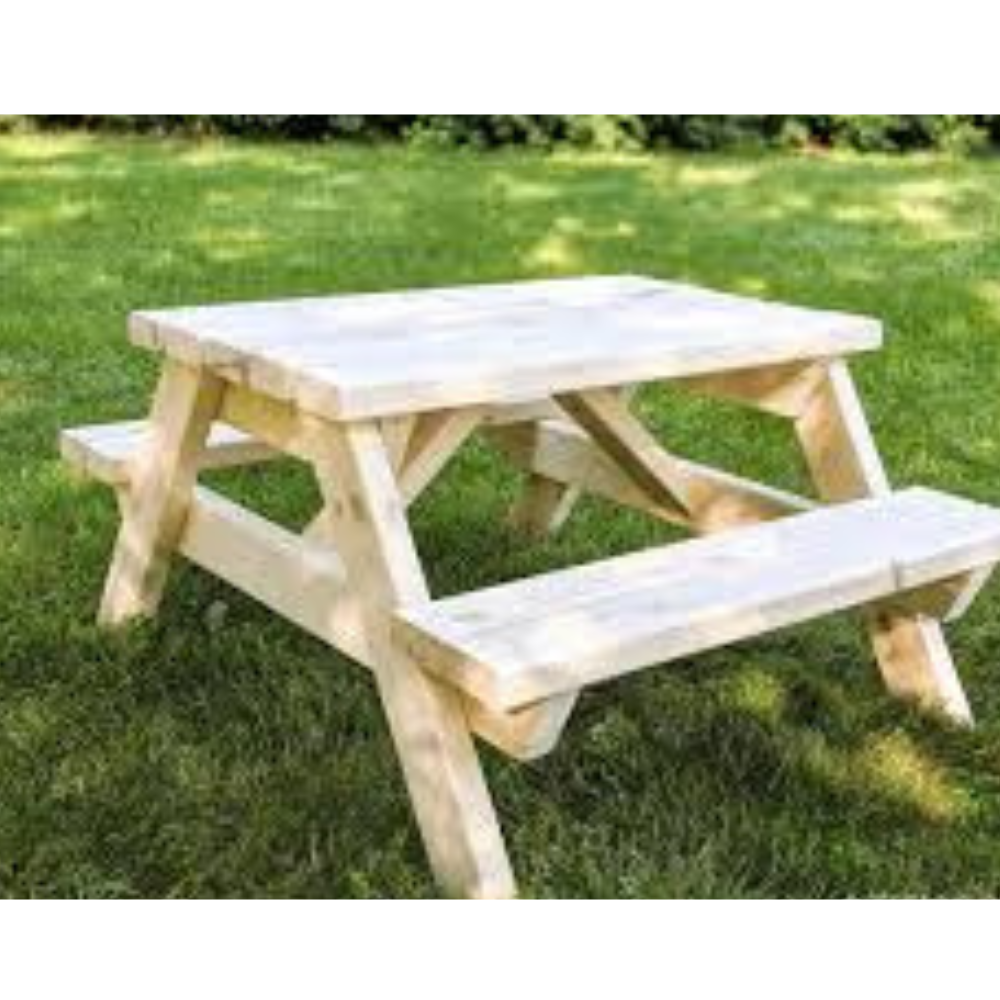
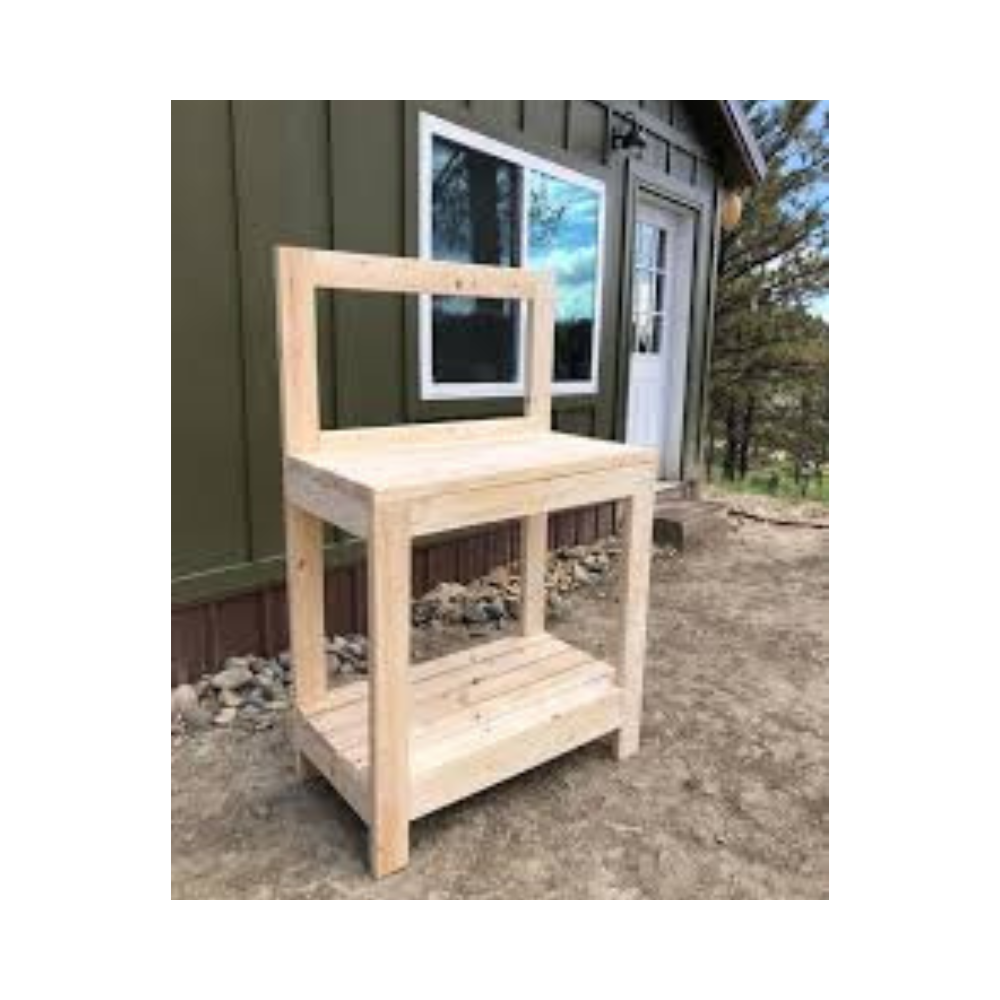
What is a 2×4?
A 2×4 is a standard size of lumber, measuring approximately 1.5 inches by 3.5 inches (actual dimensions) after milling. Despite its name, the final dimensions are smaller than two by four inches due to the planing process that gives it a smooth finish. The 2×4 is an industry staple, recognized for its versatility in both construction and DIY projects.
History of 2×4 Lumber: How it Became a Standard
Have you ever wondered why 2×4 lumber is so widely used? The standardization of the 2×4 size emerged from the demand for uniform construction materials that could streamline building processes. Over time, this dimension became the go-to for framing houses, making it a staple in construction and woodworking.
Benefits of 2×4 Woodworking
- Cost-Effective: 2x4s are budget-friendly, offering a great option for affordable woodworking. A few boards can be purchased for less than the price of a fancy coffee.
- Readily Available: 2x4s are easily accessible at any hardware store, which means fewer trips and less hassle when sourcing materials.
- Adaptability: Ideal for everything from framing to furniture, garden structures, and creative art pieces.
- Beginner-Friendly: With straightforward dimensions, it’s easy to measure, cut, and join 2x4s, making them great for beginners.
- Durability: Despite their low cost, 2x4s can withstand substantial wear and tear.
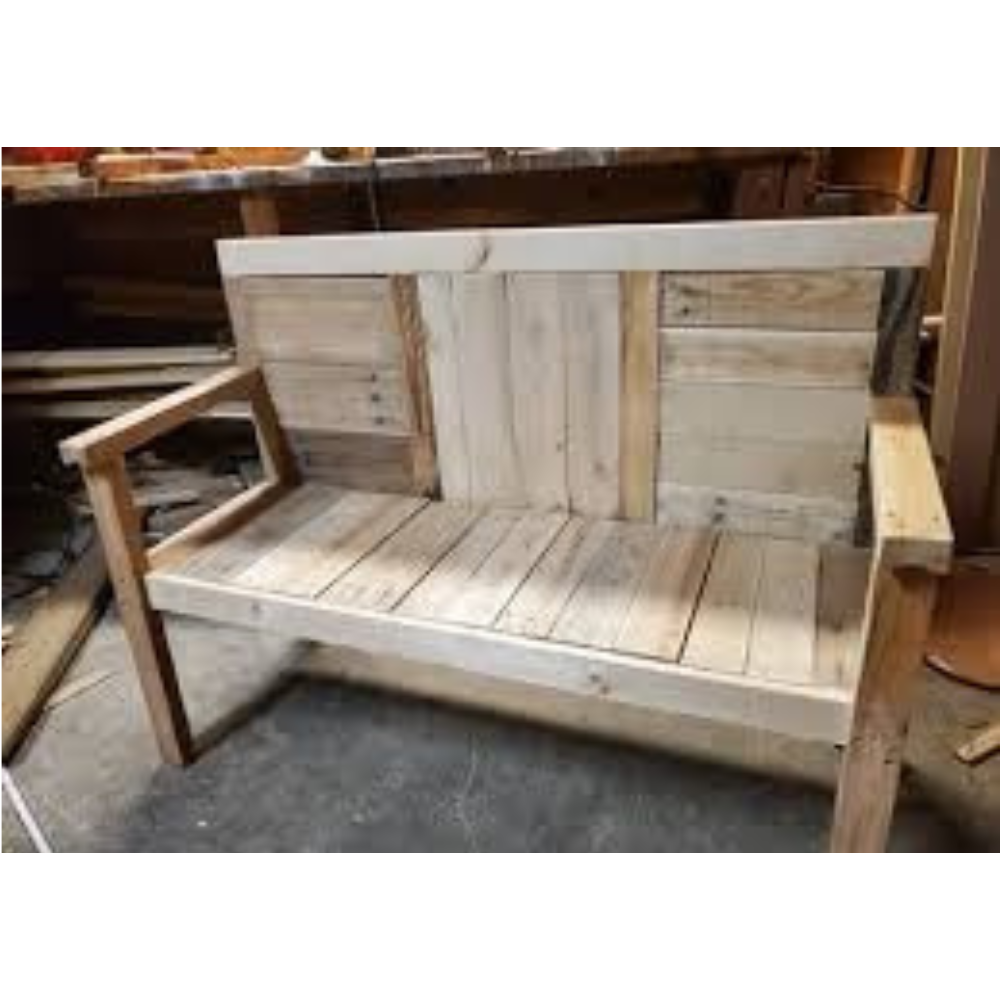
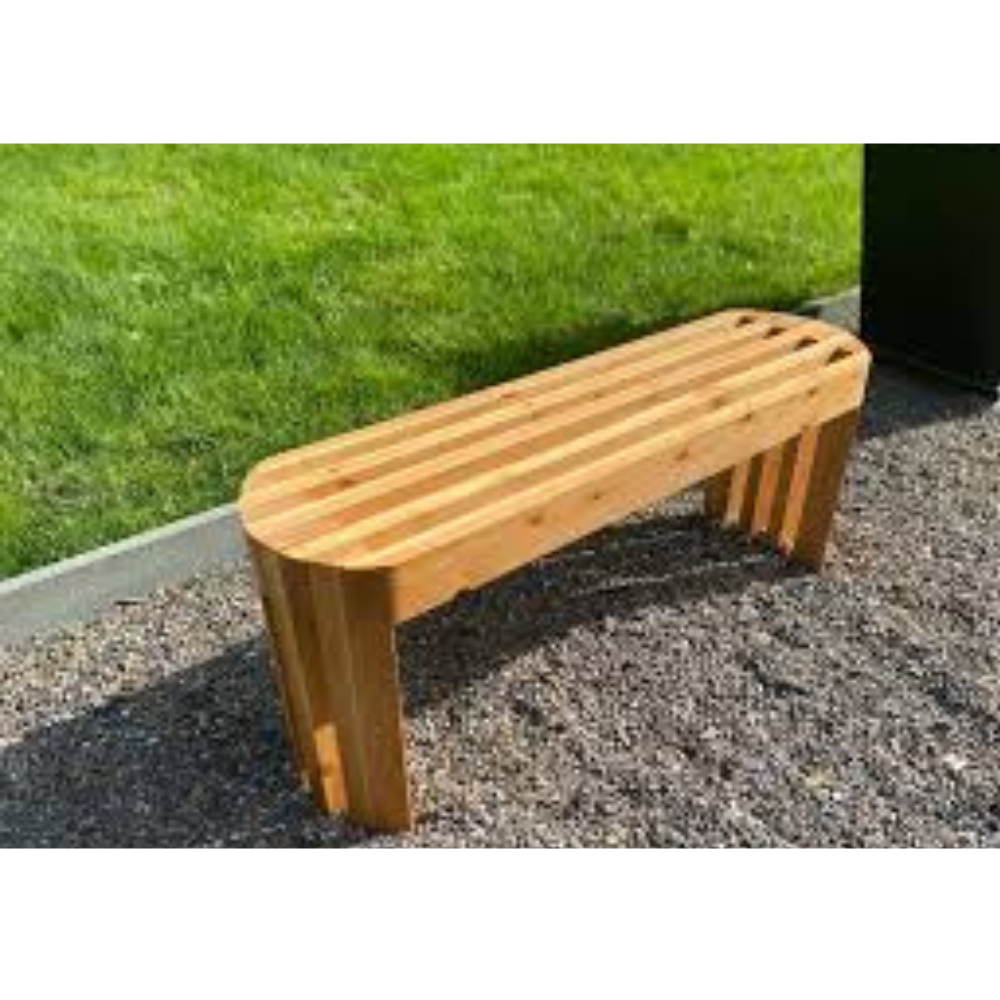
Common Projects in 2×4 Woodworking
- Furniture Making: Building tables, chairs, benches, and coffee tables from 2x4s is a popular way to achieve custom designs without breaking the bank.
- Shelving Units: From simple garage shelves to intricate display cases, 2x4s provide strong and reliable shelving solutions.
- Outdoor Structures: Raised garden beds, pergolas, and playhouses are just a few examples of 2×4 projects suitable for outdoor spaces.
- Home Decor and Art: Picture frames, wall-mounted racks, and creative sculptures can all be made with 2x4s.
These projects highlight the incredible versatility of 2×4 woodworking, allowing you to tackle virtually any creative endeavor.
Tools Needed for 2×4 projects
Having the right tools makes any woodworking project easier and more enjoyable. For 2×4 woodworking, consider these essentials:
- Saw: Circular saws are great for quick cuts, while miter saws are perfect for precise angled cuts. Jigsaws can help with intricate designs.
- Drill: A good drill is essential for drilling pilot holes and screwing parts together.
- Measuring Tape and Square: Precise measurements are vital to any successful project, and a square ensures perfect right angles.
- Clamps: Use clamps to hold pieces together while you work on cutting, drilling, or gluing.
- Sander or Sandpaper: Smoothing edges or surfaces makes finishing easier and improves the appearance.
Preparation Tips for Successful 2×4 projects
Preparation is key to successful woodworking projects. Before cutting your first piece, consider these tips:
- Planning: Sketch out your design or follow a pre-drafted plan. Make a list of all required materials and tools.
- Cutting: Measure twice, cut once. Carefully measure and mark each piece to ensure accurate cuts.
- Dry Fit: Assemble your project without glue or screws to ensure all the pieces fit together properly.
- Conditioning the Wood: Allow the wood to acclimate to your work environment to avoid warping during construction.
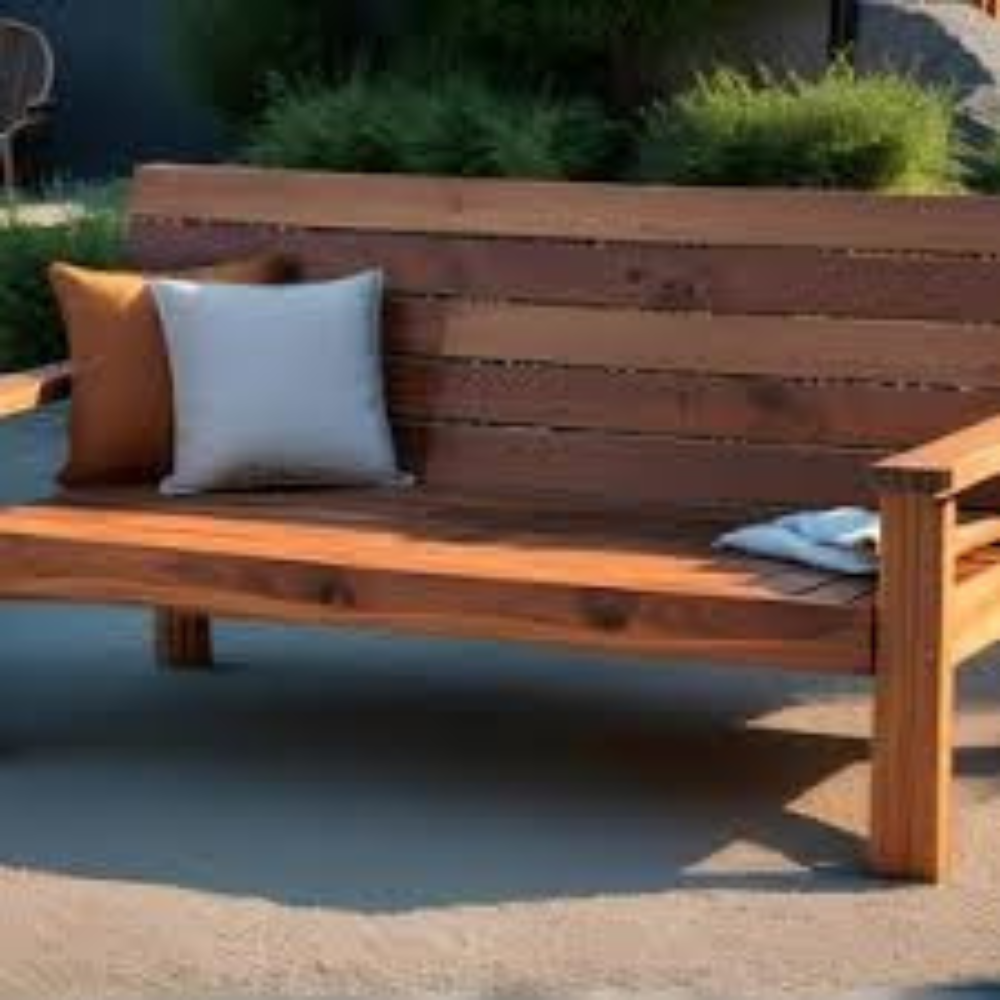
Creating Furniture with 2×4 Wood
One of the most satisfying aspects of 2×4 woodworking is the ability to create custom furniture. You can start with simpler designs like benches and progress to more intricate pieces like chairs and tables using basic joinery techniques.
- Benches and Stools: Building sturdy benches and stools is a great starting point, requiring minimal cutting and assembly.
- Tables: Start small with a coffee table, then graduate to a dining table or desk for a greater challenge.
- Chairs: Chairs may require additional reinforcement and design planning to balance comfort and strength.
For your “Free” 2 in 1 Folding Picnic Table Bench Plan – Click Here.
2×4 Woodworking Projects for Beginners
If you’re new to woodworking, 2x4s offer simple yet rewarding projects. Try these beginner-friendly projects:
- Planters: Create rectangular planters or garden boxes to practice your cutting and assembly skills.
- Simple Shelves: Build practical shelves for your garage, workshop, or living room.
- Workbench: Make a basic workbench for your woodworking space to improve productivity and organization.
Advanced Projects using 2×4 Wood
For those with more experience, challenge yourself with larger and more complex projects:
- Patio Furniture Sets: Design and build an entire outdoor furniture set with chairs, benches, and a table.
- Storage Sheds: Create extra storage space in your backyard by building a 2×4-framed shed.
- Bed Frame: Craft a custom bed frame with headboard and footboard using 2x4s.
Safety Considerations in Woodworking
Woodworking is safe if you follow proper precautions:
- Safety Gear: Always wear goggles, gloves, apron and a dust mask to protect yourself from sawdust and flying debris.
- Tool Safety: Follow the manufacturer’s instructions for all power tools. Keep fingers and hands clear of blades and bits.
- Workshop Setup: Keep your workspace organized and free of clutter. Ensure you have proper lighting and ventilation.
Finishing Techniques in 2×4 projects
A quality finish can elevate your project from basic to polished:
- Sanding: Start with coarse sandpaper to remove rough surfaces and progress to finer grits for a smoother finish.
- Staining or Painting: Stains add color while preserving the wood grain. Paint can offer a more uniform appearance.
- Clear Coat: A clear coat protects the wood from moisture and wear, prolonging the lifespan of your project.
Upcycling 2x4s: Sustainable Woodworking
Have leftover 2x4s from a previous project? Upcycling allows you to turn scrap wood into new, usable pieces, minimizing waste and promoting sustainability.
- Picture Frames: Small leftover pieces can be glued together to make custom picture frames.
- Garden Markers: Use scraps to label plants in your garden with a few quick cuts and a coat of paint.
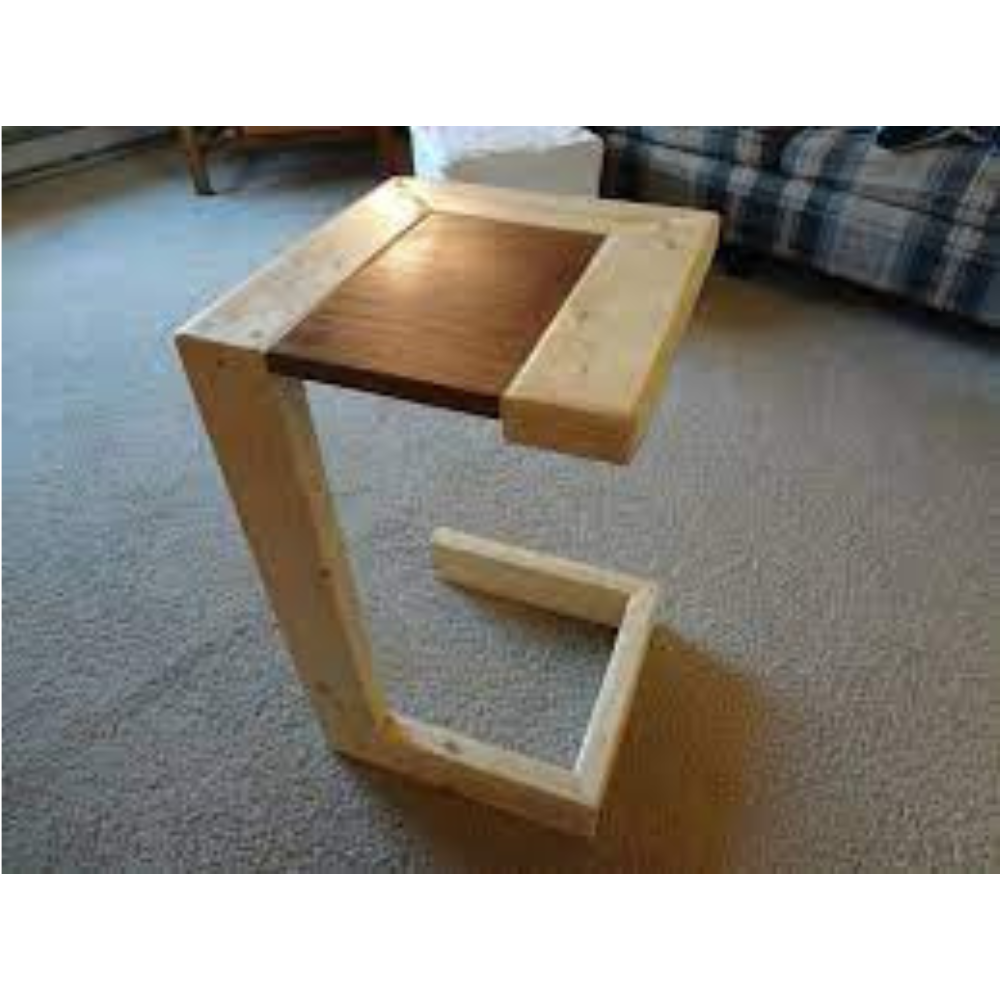
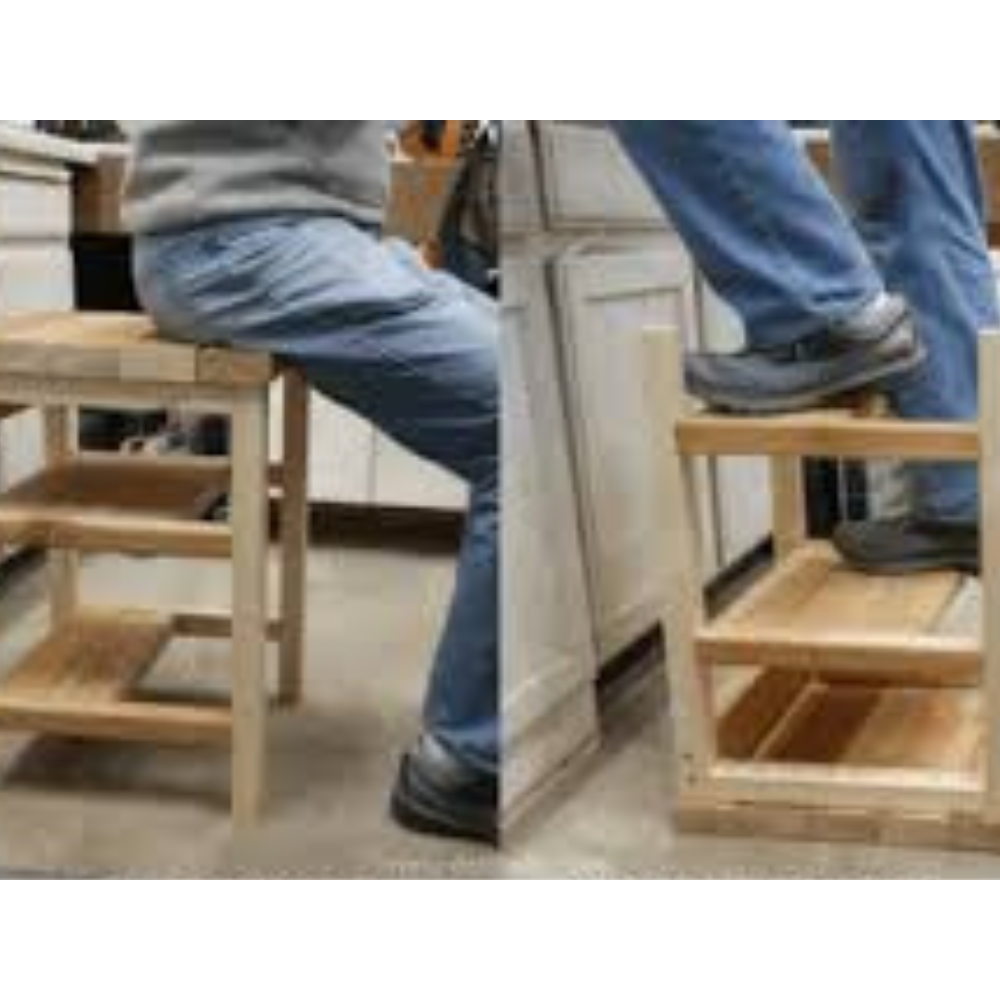
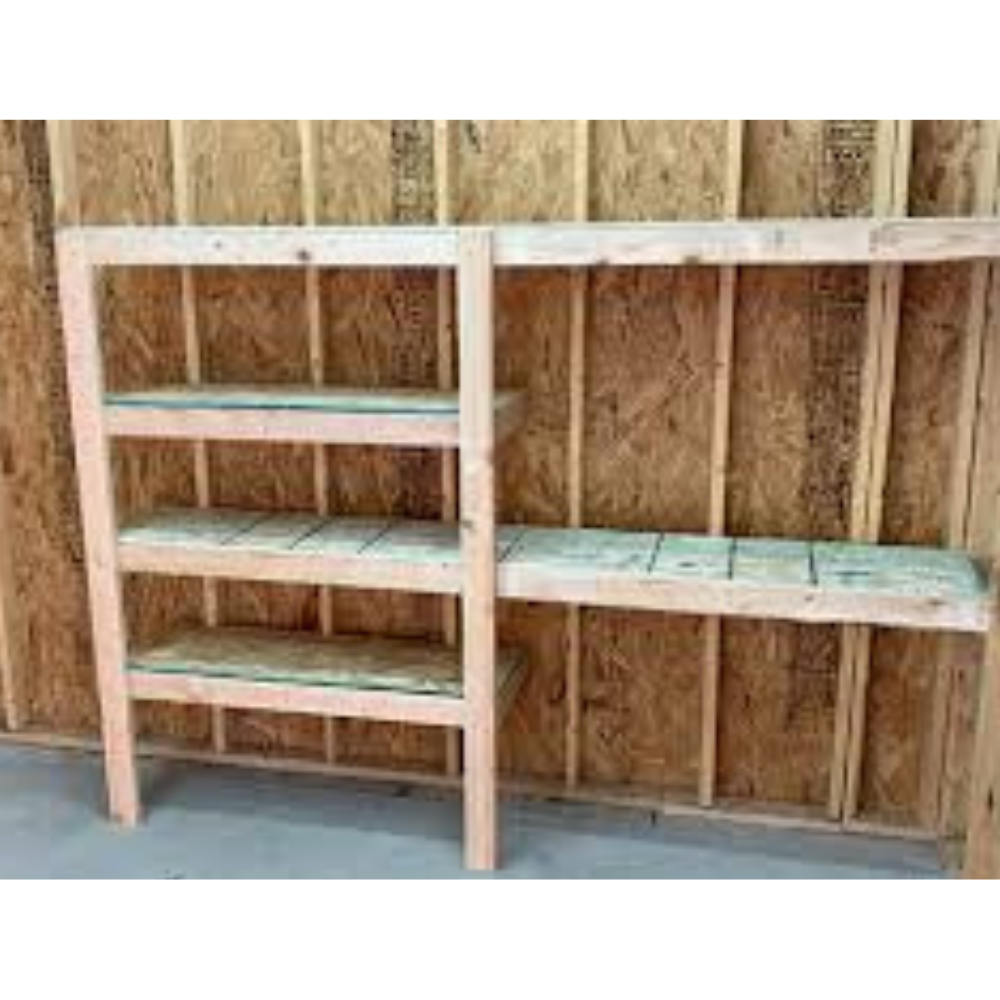
2×4 Woodworking for Outdoor Projects
2x4s are ideal for outdoor projects due to their versatility and ability to be treated for weather resistance. Here are some outdoor-friendly ideas:
- Raised Garden Beds: Create multi-level planters to grow flowers, herbs, and vegetables.
- Pergolas: Build a shaded retreat in your backyard with a pergola.
- Birdhouses and Feeders: Offer birds a safe space to nest with custom-built birdhouses.
Unique 2×4 Ideas
Unleash your creativity with these unconventional 2×4 woodworking projects:
- Wine Racks: Build functional and stylish wine racks to store your favorite bottles.
- Sculptural Art: Craft eye-catching sculptures for your home or garden.
- Pet Furniture: Design cozy, custom-made beds and play structures for your pets.
DIY vs. Prefabricated 2×4 Projects
Why go the DIY route instead of buying pre-made items? With 2×4 woodworking, you can personalize your projects to fit your unique style and learn valuable skills in the process. Plus, DIY projects often cost less and offer a greater sense of accomplishment compared to ready-made items.
Conclusion: Why 2×4 Woodworking is Worth Exploring
2×4 woodworking is a fantastic way to explore your creativity and build practical, unique projects. Its affordability, accessibility, and flexibility make it the perfect choice for anyone interested in woodworking, regardless of skill level. Whether you’re building a simple shelf or crafting an elaborate outdoor structure, 2×4 woodworking offers endless possibilities for creativity, customization, and skill-building.
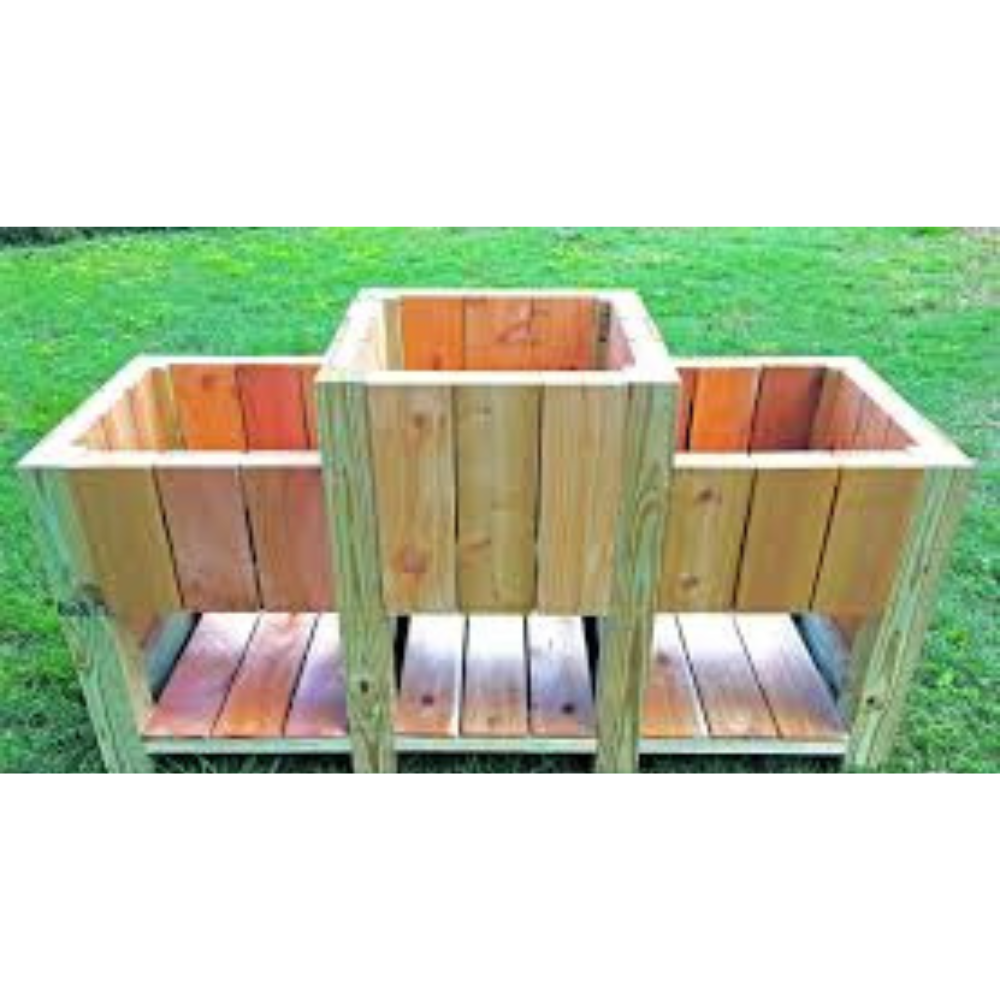
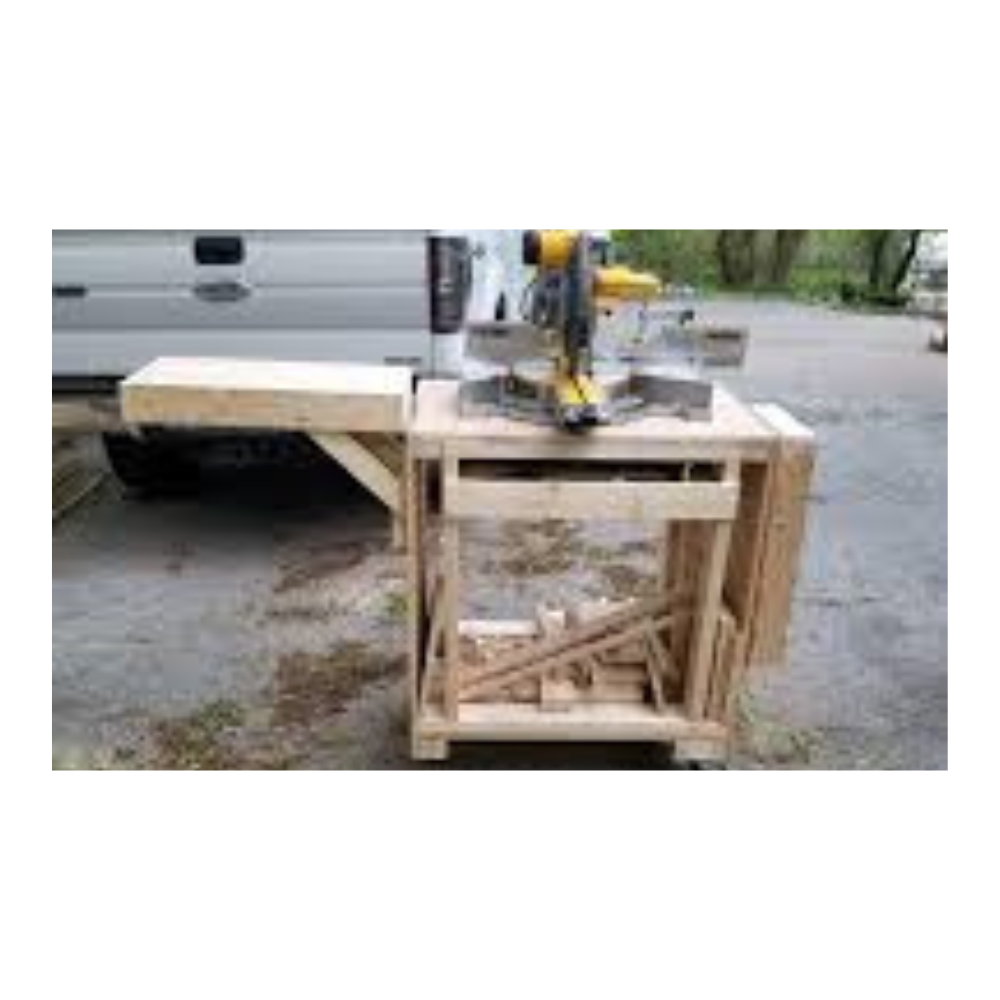
FAQs About 2×4 Woodworking
- What’s the actual size of a 2×4? The actual size of a 2×4 is about 1.5 inches by 3.5 inches after milling.
- Is 2×4 lumber suitable for furniture making? Yes, 2x4s are great for building tables, benches, and more. They offer excellent strength and versatility for furniture.
- What finish should I use on 2×4 outdoor projects? To protect your outdoor projects from the elements, apply a weatherproof sealant or exterior paint.
- Can I use hand tools only for 2×4 woodworking projects? Absolutely. Hand tools like saws, chisels, and hand planes work well for simpler projects. A basic tool kit can yield impressive results.
- Is it safe to use treated 2x4s indoors? Treated wood can emit chemicals over time, so it’s best suited for outdoor projects like decking and landscaping. Opt for untreated wood when working indoors.
Get ready to roll up your sleeves and start creating beautiful, durable, and highly functional projects in your 2×4 woodworking journey!
